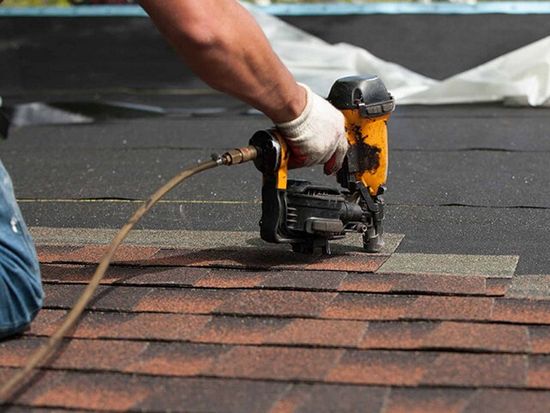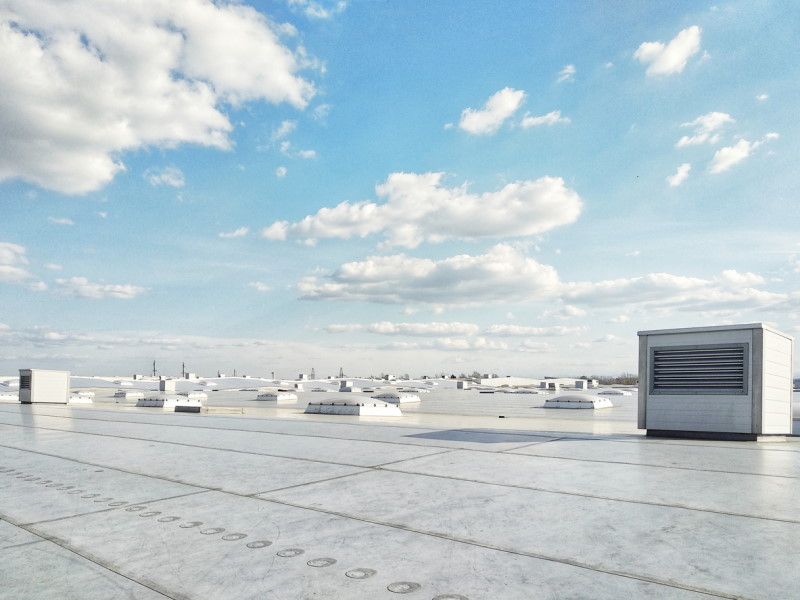Introduction
When it comes to maintaining the integrity of your home, the importance of proper ventilation roofing companies in your roof cannot be overstated. Many homeowners are unaware that inadequate roof ventilation can lead to a myriad of issues ranging from structural damage to health concerns. In this article, we will delve deep into why proper ventilation matters, how it affects roofing materials, and what steps you can take to ensure your roof is well-ventilated. We’ll discuss various types of roofs—including metal roofs, asphalt shingles, and TPO roofing—while linking their performance to effective ventilation practices.
Understanding the Importance of Proper Ventilation in Your Roof
Proper ventilation serves as a critical component for any roofing system. It allows for the circulation of air within your attic space, helping to regulate temperature and moisture levels. This is essential because excessive heat or humidity can lead to significant problems, including:
- Roof Damage: High temperatures can warp roofing materials like asphalt shingles or metal roofs. Mold Growth: Excess moisture creates an ideal environment for mold and mildew. Energy Loss: Poorly ventilated roofs can increase heating and cooling costs due to inefficiency.
In essence, understanding the importance of proper ventilation in your roof is crucial for long-term health and effectiveness.
What Is Roof Ventilation?
Definition
Roof ventilation refers to systems designed to allow fresh air into the attic while expelling stale air. This process maintains balanced airflow within the structure.
Types of Roof Ventilation
Intake Vents: These vents allow cool air into the attic space. Exhaust Vents: These vents release hot air from inside the attic. Ridge Vents: Located at the peak of a roof, these vents facilitate consistent airflow across the entire attic.How Poor Ventilation Affects Your Roofing Materials
Impact on Asphalt Shingles
Asphalt shingles are one of the most popular roofing materials due to their affordability and versatility. However, poor ventilation can raise temperatures beneath them leading to:
- Warping Premature aging Reduced lifespan
Effects on Metal Roofs
Metal roofs are known for their durability but are not immune to issues stemming from inadequate ventilation:


- Rusting due to trapped moisture Thermal expansion causing warping Condensation build-up leading to leaks
Signs You Need Better Roof Ventilation
Recognizing early signs that you need improved roof ventilation can save you from costly repairs later on:
Increased Energy Bills: If you notice a spike in utility costs during summer months, it may indicate poor airflow. Ice Dams in Winter: Ice forming along eaves suggests heat buildup in your attic. Mold Growth: Dark spots or musty odors indicate high humidity levels.The Role of Attic Insulation in Ventilation
Why Insulation Matters
Insulation works hand-in-hand with ventilation by preventing conditioned air from escaping into unconditioned spaces like attics.
Types of Insulation Materials
Fiberglass Batt Insulation Spray Foam Insulation Cellulose InsulationUnderstanding how insulation interacts with airflow helps maximize efficiency.
How To Ensure Proper Ventilation During Roof Installation
When installing a new roof or replacing an old one, ensure that these factors are considered:
Evaluate existing vent systems. Choose appropriate vent types based on climate conditions. Consult local roofing contractors for tailored solutions.Common Roofing Materials and Their Ventilation Needs
Different roofing materials have unique needs regarding ventilation:
Asphalt Shingles
- Requires balanced intake and exhaust systems.
Metal Roofs
- Needs adequate underlayment for airflow beneath panels.
TPO Roofing
- Should have sufficient ridge and soffit vents.
DIY Steps for Improving Roof Ventilation
Assess Current Conditions
Check existing vents for blockages caused by debris or insulation material.
Install Additional Vents if Necessary
Consider adding more intake or exhaust vents as needed based on your assessment.
Monitor Performance Regularly
Conduct periodic inspections post-installation seasonally or after severe weather events.
The Cost Implications of Poor Ventilation
Investing in proper roof ventilation upfront can save you money over time by reducing wear on roofing materials and lowering energy bills:
| Issue | Potential Cost | |-----------------------|-------------------------| | Mold Remediation | $500 - $6,000 | | Roof Replacement | $5,000 - $20,000 | | Increased Energy Bills | Variable ($10 - $100/month) |
Choosing Quality Roofing Services
When hiring roofing companies for installation or repair work:
Check reviews online. Verify credentials and insurance. Ask about warranties offered on both materials and labor.FAQ Section
1. What is the best type of roof vent?
The best type depends on your specific roofing system; however, ridge vents paired with soffit vents generally provide optimal airflow.
2. How often should I inspect my roof's ventilation?
It's advisable to conduct inspections at least twice a year—once in spring and once in fall—to check for obstructions or damages.
3. Can I install roof vents myself?
While DIY installations are possible, consulting professional residential roofing services ensures that they’re done correctly according to local building codes.
4. How does poor attic insulation affect roof ventilation?
Poor insulation allows warm air to escape too quickly; thus necessitating more frequent cooling efforts which could lead to increased energy costs.
5. What happens if I ignore my roof's ventilation needs?
Ignoring these needs can lead to serious structural issues including mold growth, increased energy bills, and ultimately premature replacement needs.
6. Are there any government incentives for improving home energy efficiency through better roofing?
Yes! Various programs promote energy-efficient home improvements; it’s wise to check local regulations as they vary significantly by area.
Conclusion
Understanding the importance of proper ventilation in your roof is essential not just for maintaining its aesthetic appeal but also its structural integrity over time. By ensuring good airflow through effective intake and exhaust systems while considering factors unique to your chosen roofing material—be it asphalt shingles or a metal roof—you contribute significantly toward prolonging its lifespan while minimizing potential risks like mold growth or thermal damage.
Investing time now into assessing your current situation could save you considerable headaches—and finances—in the long run! Whether you're looking into new installations or simply aiming for better maintenance practices with local roofers near me, stay proactive about this crucial aspect of home care!